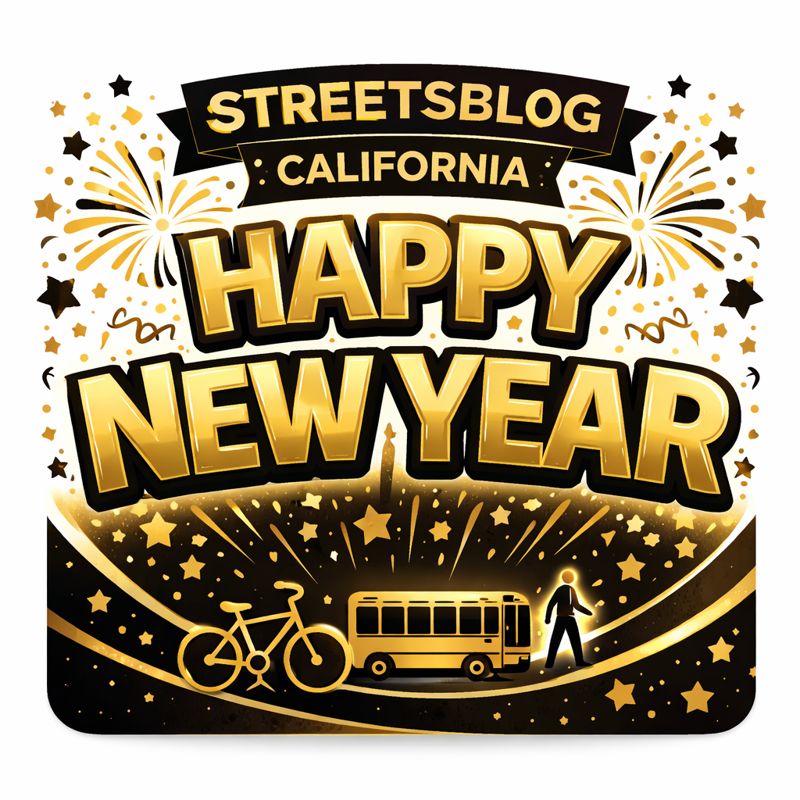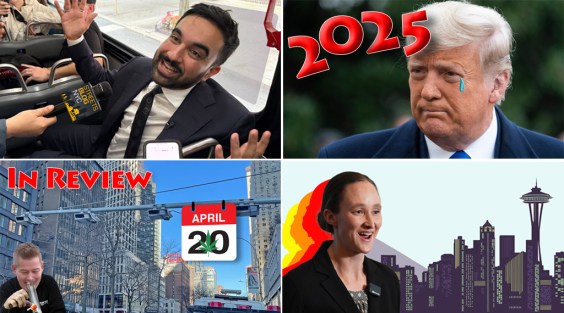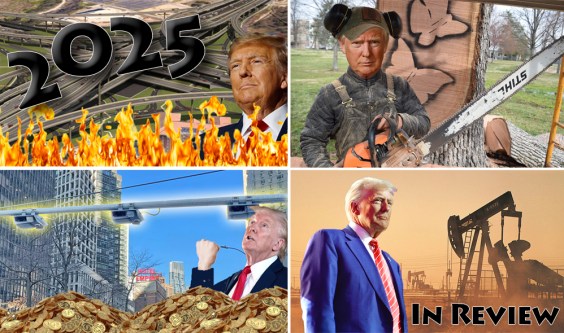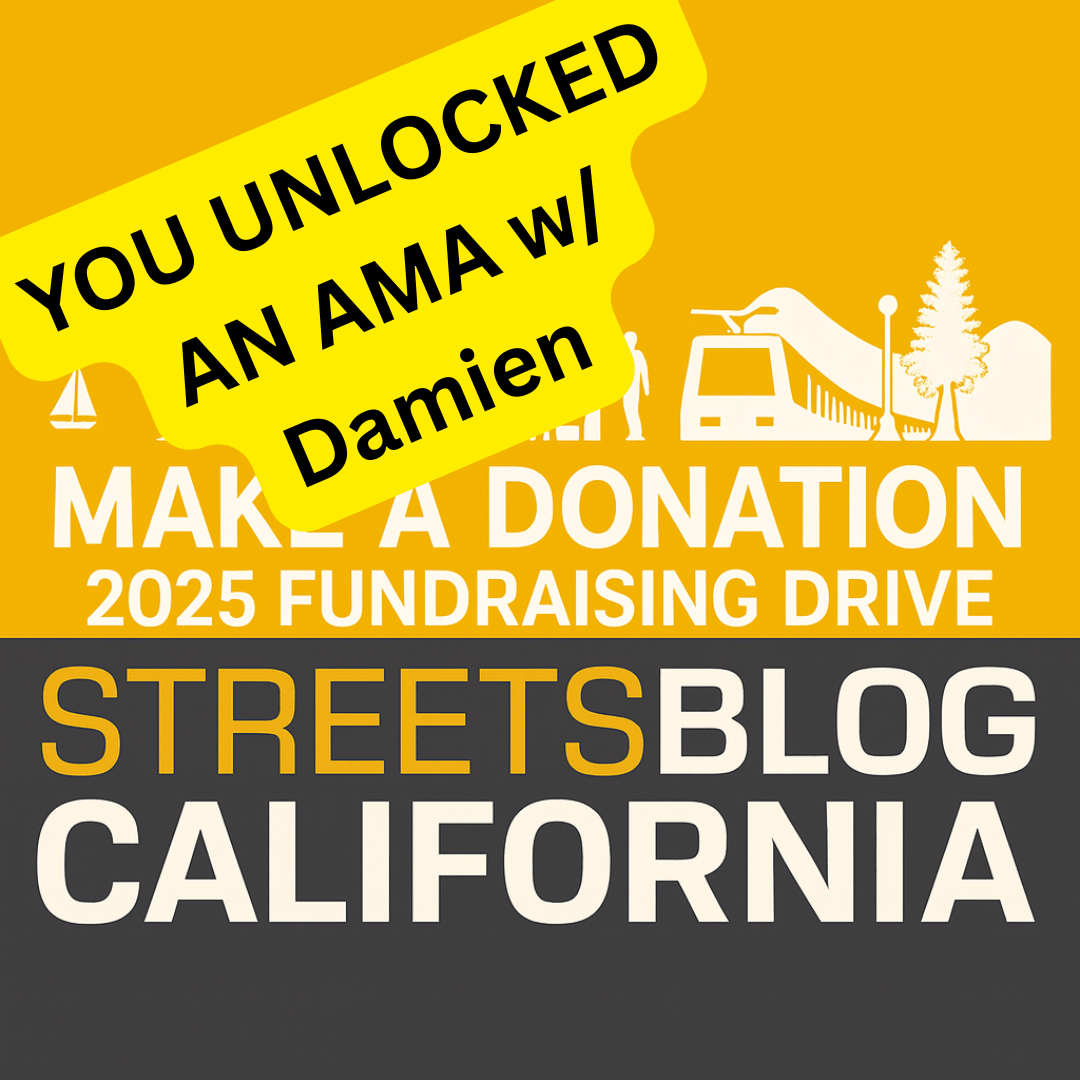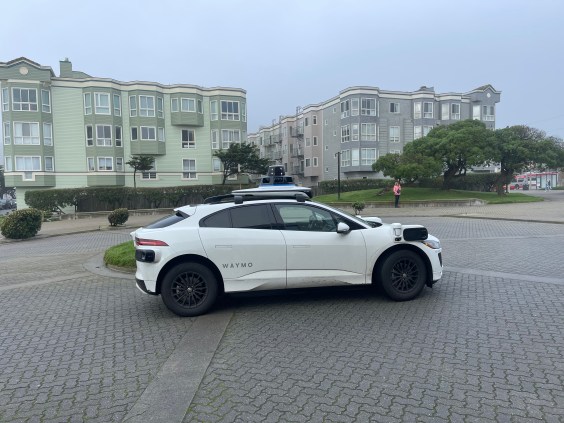Following an eye-opening three-day experience with a car-free center city -- a byproduct of Pope Francis's visit -- many Philadelphia residents are beating the drum for more large open streets events to provide some relief from traffic.

A recent Philadelphia Inquirer story explored the idea, and playing the role of curmudgeon was Joseph Martin, an engineering professor at Drexel University who gave some rather feeble reasons why another big open streets event in Philadelphia would be a total disaster.
Patrick Miner responds to Martin at This Old City:
When Martin does get around to remotely substantive assertions, they’re focused on scaring people into opposing Open Streets - dramatic traffic jams! stranded elderly relatives! - rather than making a serious case that the logistics are unworkable.
First, while seniors are the most vulnerable to being while killed by cars while crossing the street legally (see pg. 25) - and may have the most to gain from car-free streets - it is true that restricting vehicle access could cause a temporary inconvenience to the small minority of people who have no other choice but to use a car in city neighborhoods on Sunday mornings.
The idea that this is an insurmountable obstacle to hosting Open Streets, however, is ridiculous. It barely takes an engineer to devise a scheme in which people can walk freely while simultaneously making arrangements for the few people who truly need vehicle access to their homes.
Second, Dr. Martin’s claim that vehicular traffic would be "doubled or tripled" on adjacent streets is totally without justification. Not even a transportation engineer could begin to prove or disprove that statement.
Without knowing the specific location, the time of week, the extent of traffic restriction, or other relevant factors, there’s just no way to make an accurate quantitative prediction, let alone generalize about it.
Elsewhere on the Network today: Free Public Transit has stats on how Paris's big car-free day improved air quality. Baltimore Spokes shares the news that Governor Larry Hogan has set aside $14 million for biking and walking projects around Maryland. And FABB Blog excerpts a story about the growing number of people in the DC area looking for secure bike parking when they move to a new apartment.
